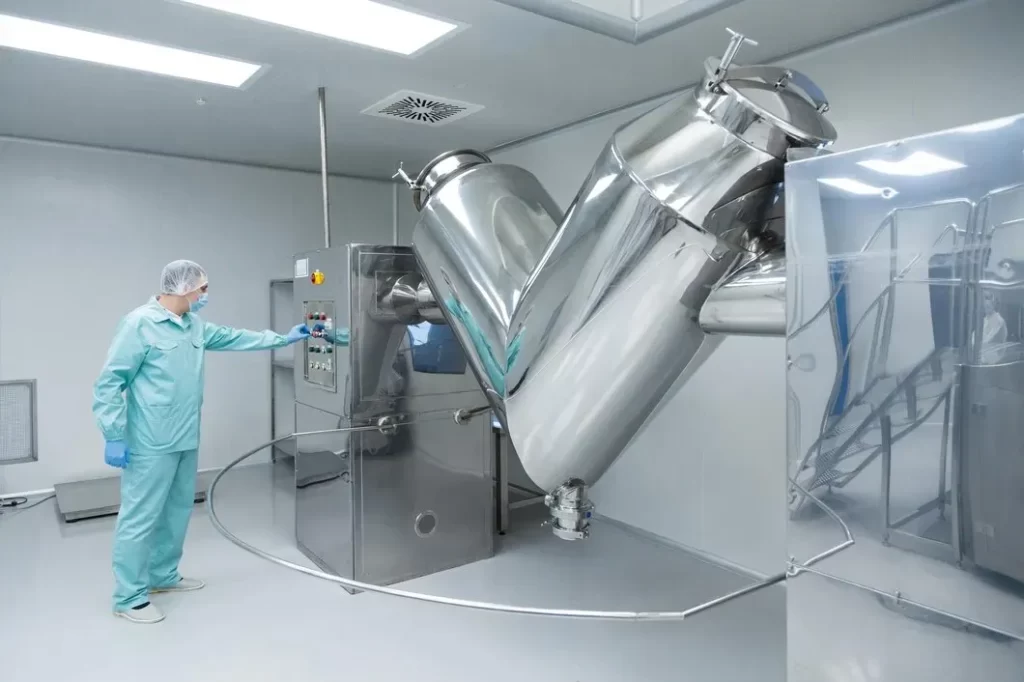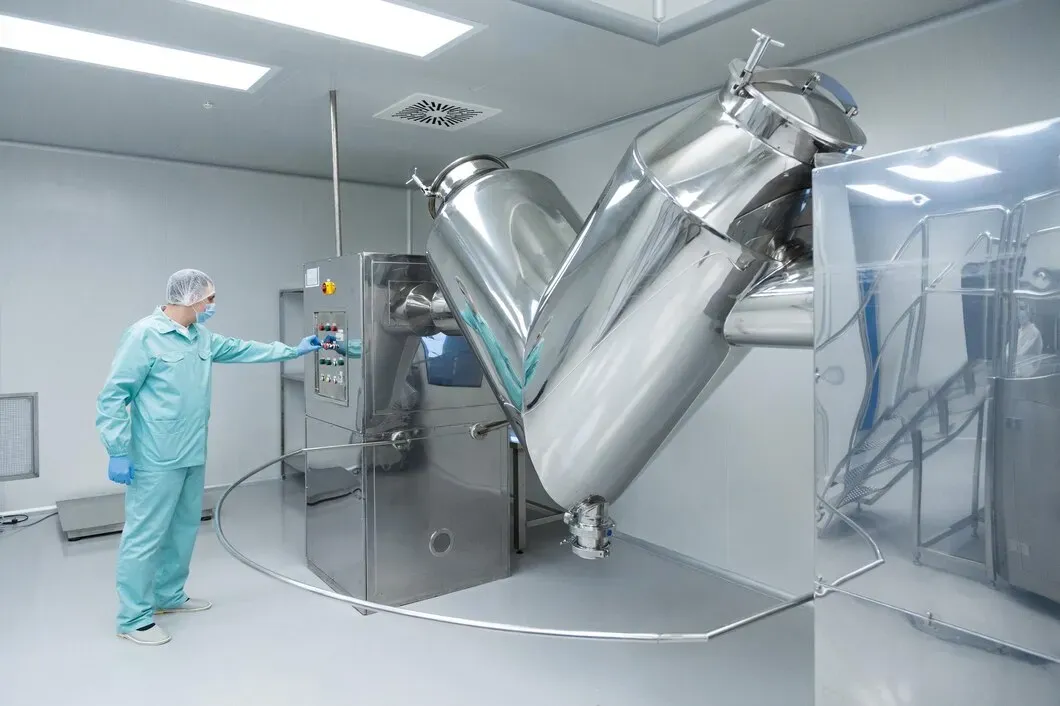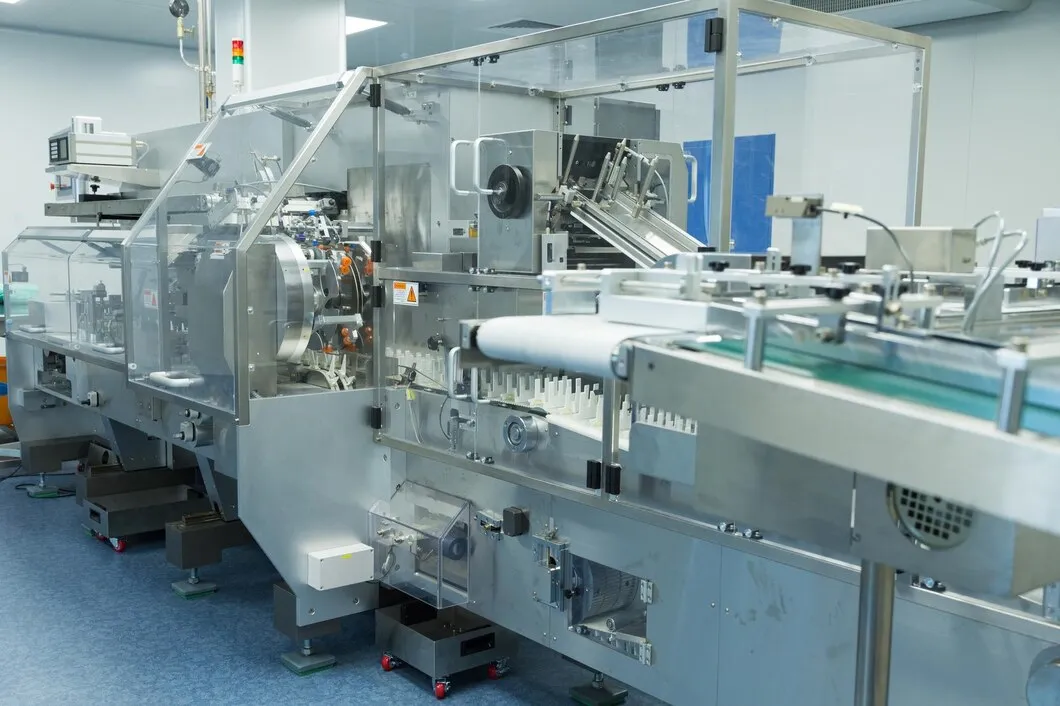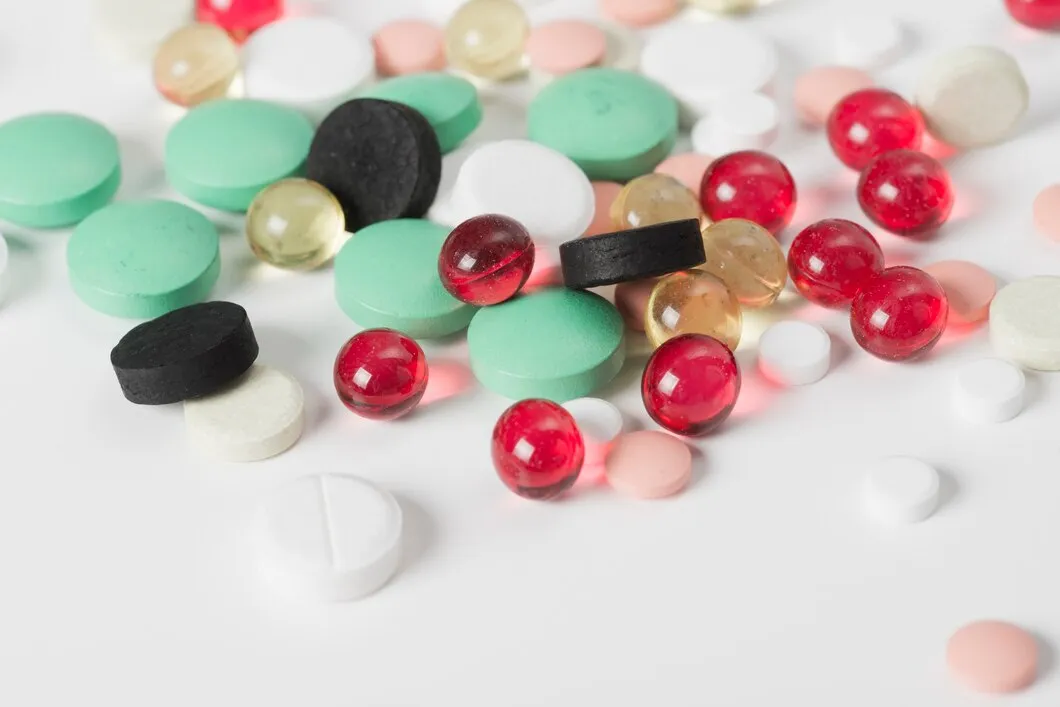Avant qu'un médicament ne parvienne au patient, tout commence en laboratoire. C'est là que les formules sont testées, les lots vérifiés et la qualité confirmée ou remise en question. Pour mener à bien ce travail, les laboratoires ont besoin d'un équipement adapté : des outils qui non seulement sont performants, mais le font avec précision.
Si vous êtes responsable de la gestion ou de la mise en place d'un laboratoire pharmaceutique, voici de quel équipement vous avez réellement besoin et pourquoi c'est important.

Les laboratoires pharmaceutiques utilisent une gamme diversifiée d'équipements, chacun servant à des fins spécifiques :
Les principaux équipements de laboratoire pharmaceutique comprennent :
Dans tout laboratoire pharmaceutique, l'équipement utilisé a un impact direct sur la qualité de votre travail. Des instruments fiables contribuent à maintenir la cohérence entre les lots, réduisant ainsi les risques de défauts ou de résultats hors spécifications. Un équipement précis, régulièrement calibré et correctement entretenu facilite grandement le respect des normes strictes fixées par les autorités réglementaires.
La sécurité est tout aussi essentielle. Les laboratoires manipulent des matières sensibles et parfois dangereuses. Disposer de systèmes de confinement, d'une ventilation et d'équipements de protection adaptés est donc indispensable : c'est la façon dont les équipes travaillent en toute confiance, sans mettre personne en danger.
La conformité réglementaire est un élément clé. Des agences comme la FDA exigent des laboratoires qu'ils utilisent des équipements validés, suivent des procédures documentées et tiennent des registres précis. Sans les bons outils, rester en conformité devient un jeu d'enfant, un risque qu'aucun fabricant ne peut se permettre.
Tous les équipements de laboratoire ne conviennent pas à toutes les configurations. Votre choix dépend de ce que vous fabriquez, de la manière dont vous le fabriquez et des normes à respecter.
Investir dans des équipements de laboratoire pharmaceutiques adaptés est essentiel à la réussite de la recherche et de la fabrication pharmaceutiques. Cela garantit la qualité des produits, améliore la sécurité et facilite le respect des normes réglementaires strictes. Une sélection rigoureuse, un entretien régulier et le respect des BPF sont essentiels pour une performance optimale du laboratoire.
Vous souhaitez équiper votre laboratoire pharmaceutique d'instruments fiables et conformes ? Contactez-nous pour explorer des solutions sur mesure qui répondent à vos besoins opérationnels.




Avant qu'un médicament ne parvienne à un patient, tout commence en laboratoire. C'est là que les formules sont testées, les lots vérifiés et la qualité confirmée ou remise en question. Pour mener à bien ce travail, les laboratoires ont besoin d'un équipement adapté : des outils qui non seulement sont performants, mais le font avec précision. Si vous êtes responsable de l'exécution ou […]

Le conditionnement sous blister est omniprésent dans l'industrie pharmaceutique : des comprimés aux gélules en passant par les échantillons. Il protège le produit, prolonge sa durée de conservation et améliore la sécurité des patients. Mais pour les fabricants, il s'agit bien plus que d'un simple emballage : c'est un système axé sur la rapidité, la précision et la conformité. Si vous travaillez dans la fabrication ou l'approvisionnement en emballages pharmaceutiques, voici ce que vous devez savoir sur le conditionnement sous blister […]

Si vous décidez du mode de distribution d'un produit pharmaceutique ou d'un complément alimentaire, le format choisi (gels liquides ou comprimés) ne se résume pas à son apparence. Il influence également la fabrication du produit, sa vitesse d'absorption, le type d'équipement nécessaire et l'expérience utilisateur. Certains actifs sont plus efficaces […]